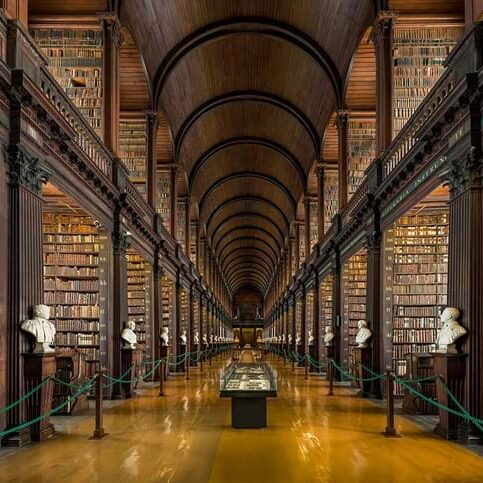Kennisbank
Giving in the Netherlands: A Strong Welfare State with a Vibrant Nonprofit Sector

The Netherlands has a rich philanthropic history, dating back to the late Middle ages (Prak, 1998). Before the modern welfare state, poor relief in the Netherlands was predominantly provided by the religious elites. As early as 1500, local clergy and noble men provided poor relief to those who lacked substantial means (Prak, 1998). The main motive for these elites to provide poor relief was to maintain order in the municipalities (De Swaan, 1988). However, the elites also received some private benefits by providing poor relief: they gained status, involvement in influential networks and salvation for their soul (Van Leeuwen, 1994). A famous example of Dutch private poor relief are the ‘hofjes,’ a privately funded courtyard with almshouses built around it. These almshouses provided social security in the form of housing for primarily older women, who had no other place to live (Looijenstein, 2011). Well into the 20th century, Dutch poor relief remained organized locally by religious institutions. During the first half of the 20th century, Dutch society was divided vertically along its four ‘pillars’ — Roman Catholic, Protestant, social democratic and liberal — to which all people belonged. All four pillars had their own political parties, broadcasting associations and nonprofit organizations, including educational institutions, hospitals, sport clubs and leisure organizations (Bax, 1988). The social distance between people from different pillars was large, and people from one pillar rarely interacted with people from another pillar.
Continue ReadingOnderwerpen: Nederlands mecenaat weldoeners historische context

